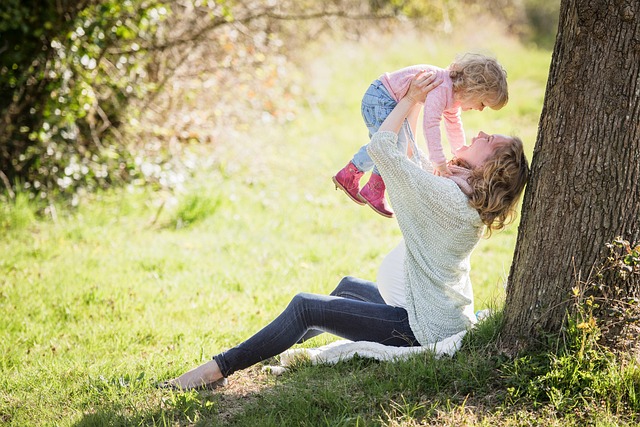Navigating morning routines with my daughter can be a whirlwind of choices and preferences. “We have these new bell bottoms, a red tank top, jelly bean leggings, or the purple dress,” I suggest, trying to keep things moving as we prepare for breakfast. With only two minutes to spare, I’m focused on efficiency.
“Purple dress!” my 4-year-old exclaims, beaming with excitement. Internally, I roll my eyes. A dress. Naturally, she chose the floral-patterned, twirling purple dress. She embodies the quintessential “girly” stereotype.
As I help her into the dress, I watch her twirl happily down the hall. If I’m honest, I struggle with her inclination towards frilly outfits and glittery accessories. I find it hard to reconcile my feelings when she expresses a fondness for Cinderella sneakers or prefers tutus to pants. It’s frustrating because I worry these choices contradict the values I’m trying to instill in my girls. Have I failed to teach her that she’s capable of so much more than princess fantasies?
Yet, when it comes to her choices, I must ask myself: is it truly harmful? Shouldn’t I be validating her preferences? I’ll admit, I tend to celebrate my older daughter’s more edgy style. She gravitates towards gender-neutral clothing, has a favorite color of blue, and enjoys wearing Converse sneakers and baseball tees. I admire her individuality, probably because it reflects my own ideals of “being different.” Unlike her younger sister, she doesn’t obsess over fashion or the “twirl factor.”
Recognizing this disparity in how I respond to their styles is difficult. I know it’s unfair, and I take responsibility for it. This dilemma highlights the complicated relationship between feminism and fashion. Some argue that caring about appearances contradicts feminist values, while others believe that fashion can be a form of self-expression that aligns with feminism.
Then there are societal pressures suggesting that true feminism lies in rejecting beauty norms. This notion is frustrating. I’m not ashamed to admit that I dislike my post-baby body, including my belly, droopy breasts, and aging skin. I’m not ready to embrace gray hair or give up on my love for makeup and stylish shoes.
Women should never feel ashamed for wanting to feel beautiful or for enjoying traditionally “feminine” clothing. Caring about one’s appearance doesn’t diminish personal integrity or intelligence. I can still be a feminist while enjoying heels and form-fitting dresses. My appearance doesn’t define my capabilities or accomplishments.
So, why should I discourage my daughter from expressing herself through fashion? She’s not less valuable or capable because she loves sparkly shoes. Her interests extend beyond her clothing choices; she enjoys playing games, drinking chocolate milk, and being a good friend. It’s clear to me that her worth isn’t tied to her outfits; she simply enjoys pretty things.
Instead of worrying about whether my daughter’s preferences reflect poorly on my role as a feminist mother, I should celebrate her self-expression. Who am I to judge her love for twirly dresses and princess shoes? If she takes longer to dress than her sister, that’s fine. She is confidently marching to her own beat, and I choose to support her.
Caring about one’s appearance does not negate other important values. I know this because I have a passion for my looks while also deeply caring about my family, friends, and the world around me.
For those on a similar journey of understanding and navigating parenting, resources like this article on couples’ fertility journeys provide valuable insights. Additionally, if you’re exploring home insemination options, this at-home insemination kit might be worth checking out. You can also find excellent information about pregnancy and related topics at the CDC’s website.
In summary, it’s crucial to embrace our children’s individuality and encourage their self-expression, regardless of whether it aligns with traditional gender norms.
Keyphrase: Embracing Feminine Interests in Parenting
Tags: [“home insemination kit”, “home insemination syringe”, “self insemination”]
